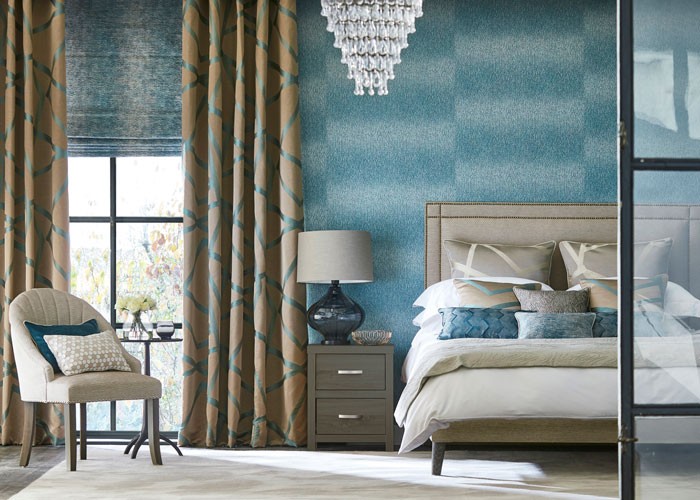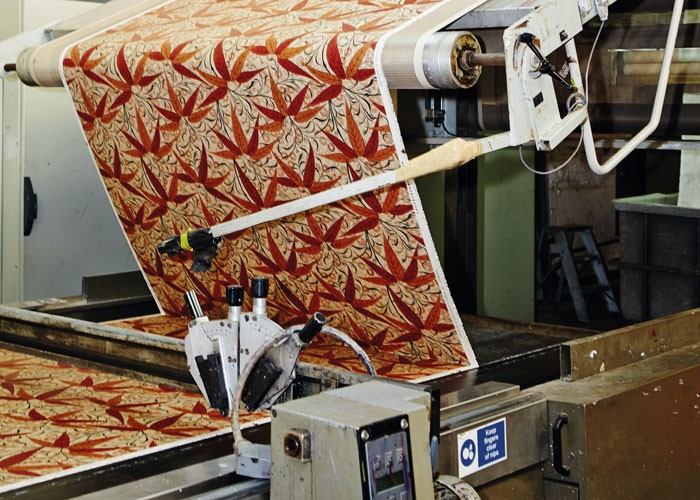Regulations: Curtains & Drapes
In the latest in our series looking at the regulations and requirements across each discipline we look at what a designer needs to know when specifying Curtains and Drapes with the assistance of Carolyn Mitchell, Sales Director at Style Library Contract.
What should a designer know about the difference between domestic and contract specifications?
We believe the designer shouldn’t need to compromise form for function, as both are equally important in the success of the contract specification. Durability, serviceability and FR requirements for use are paramount for the operator, but it is important a product effortlessly combines this with beautiful design.
‘We believe the designer shouldn’t need to compromise form for function.’
What should the designer consider in relation to durability, fit for purpose?
A contract environment will endure much harsher use than a domestic situation, so cleaning and servicing, and light fastness are all important technical requirements if the product is to have a long-life cycle. There are no specific regulations for curtains and drapes within the domestic environment, however in the contract arena all curtains need to reach the specific norms. Look out for an inherently flame-retardant fabric or check whether it can be treated to reach the norms. If it needs to be treated then always get a sample for approval before proceeding.
Are there differences between UK, EU or USA requirements?
Certainly, design wise we see different design trends in every market. FR requirements, standards and testing vary in each market which need to be established at the outset prior to specification. In the UK the ones to reach are BS5438 and BS5867. The US and the EU have their own standards. There is an overarching EU norm EN-1101 and EN13772 however each country has its own variants so be mindful of this.
When communicating with a supplier what should designers be asking?
Availability…….Timing is important, knowing availability to supply a sample room or specific project lead time, should be communicated, once we all know when the designer wants it for we can work back from that and manage the critical path. This is particularly important with bespoke projects.
Budgets are also important, we can offer or source anything, but if we do not know budget parameters required, the designer could specify something too expensive or not fit for purpose. We need to know as much as possible to ensure we give the designer what is required, to budget, with the correct specification and on time.
Which requirements are best practice and which are a legal requirements?
Good design and functionality is best practice. Certification of safety and usability in accordance with the market standards are legal requirements.
‘Good design and functionality is best practice.’
Contact Style Library Contract







